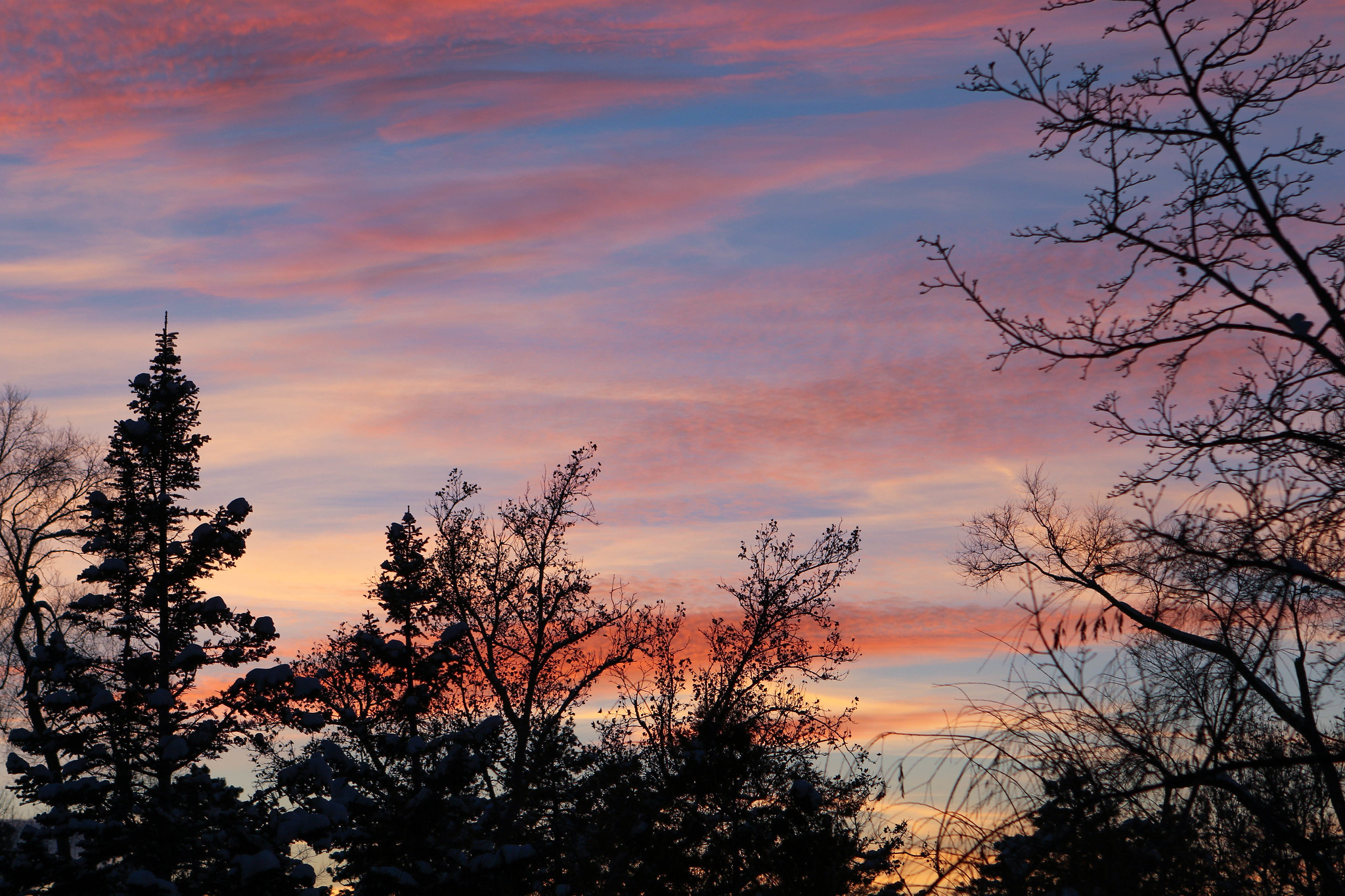Indigenous Owl Perspectives Part I: Néʼéshjaaʼ – A Messenger

Written by Isiah F. Cambridge
Growing up on the reservation and being of mixed tribal heritage, you’d hear a lot of different stories pertaining to the Utahn wilderness. This made hanging out around the fire a real “Indigenous treat” where you would hear stories about powerful entities such as the tłʼiish (snake), pertaining to my Diné (Navajo side, which is an omen of negativity). Another story I remember is about the moose being an all-powerful omnipresent water being on my Núuchiu (Ute) side. As I learned of these animals and their habitats, there would be an inciting tale accompanied with some lesson on how to treat your neighbor, to understand the line between what you need and want, or to keep your surroundings tidy so you don’t invite negative energy onto yourself. Now that I’m older, I look back on such lessons feeling the reverberations of these legendary narratives and their highlighted themes. I can see the laughs my grandpa would let out as he sat in the shade house, perhaps sitting with one of my many uncles exchanging life happenings. He would tell me about his stories on the rez, and scare me with little tales of things he couldn’t explain during his tenure as a Navajo Nation cop. Stories about lights in the sky, little people, past experiences, and rez tales he thought would be fruitful for me to hear. Through my Núuchiu community , I would hear from previous generations about kwiághat (bear), as it pertained to the bear dance (a popular spring social dance), and about the wolf and coyote and how they created our world. Truly both realities were so diverse with heaps of unique stories that distinguished the two cultures. As a Diné would explain one aspect of a cultural item and deliver its associated teaching, a Núuch would see that same symbol as something else entirely with its own unique background. One bird of the night seemed to carry powerful significance in both Núuchiu (Ute) and Diné (Navajo) ways. The Owl.
Owl is ‘a messenger of something to come with grand importance’ as my Diné side would say or through a Núuch lens ‘a not yet realized journey to the next world of someone you have become acquainted’, two answers bearing strong cultural respect to the owl’s presence. It is known that any encounter of Néʼéshjaaʼ is seen as a signal of things to come regardless of the environment, rural/urban.
The local children on the Northern Ute rez in my experience would say that the owl represents a daunting omen, counseled to never seek after it. Though I myself have never seen an owl, I have heard stories from my own family and friends about the shocking events that follow their encounters.
During his last visit to Arizona, my cousin held his own encounter between himself and Néʼéshjaaʼ (Owl) on a sand covered road. As he was driving through the northern part of Diné Bikéyah (Navajo Nation), he came to a stop and let his eyes gaze upon the red rocks, and kin (square houses), becoming lost in their hypnotic trance and without much thought in a swift moment his eyes facing outward locked in on Néʼéshjaaʼ basking in his beauty. Little did he know during that moment it was a sign of something impactful to come which would happen soon after returning to his day to day life in New York. It became so that his partner invited him to a wedding in upstate New York, an event in which all parties involved were quite ecstatic to participate.The day he arrived, while walking along the street excited to frolic in the festivities, from out of nowhere, he was struck by a vehicle moving 40 MPH. The shock we felt as a family hearing the story from his own lips was insurmountable, and concretely terrifying. By some manner he managed to emerge from the chaos with merely a concussion, and a couple scratches, truly lucky to be alive. Still to this day, I wish not to encounter Néʼéshjaaʼ and when I hear their calls in the wild, a shiver goes up my spine. I know not to fear them, but to respect their power.